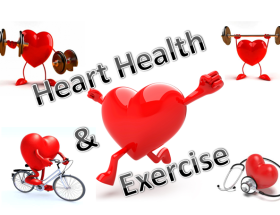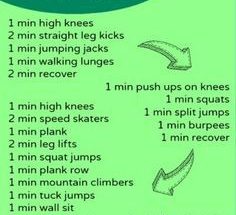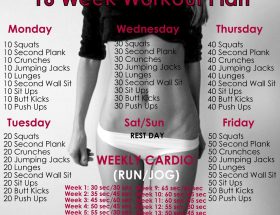Embarking on a cardio workout is an excellent way to improve your overall fitness and maintain a healthy lifestyle. Among the vast array of cardio exercises available, running and cycling are two of the most popular choices. These activities not only help in weight management and strengthening your cardiovascular system but also provide numerous mental and physical health benefits. However, choosing between running and cycling can be a daunting task. To help you make an informed decision, let’s dissect both workouts and explore their pros and cons.
The Endurance Challenge: Running
Running has been a champion among cardio exercises for decades. It is a simple, convenient, and cost-effective way to burn calories and increase your endurance. Whether you prefer pounding the pavement or exploring scenic trails, running can be done almost anywhere. It requires no specialized equipment, making it an easily accessible workout option for all fitness enthusiasts. Additionally, running engages numerous muscle groups simultaneously, thereby toning your legs, glutes, and core.
However, running is a high-impact exercise that can put stress on your joints, especially knees and ankles. The continuous pounding motion can lead to potential injuries, particularly if proper form and technique are not maintained. It is important for runners to gradually increase their mileage, listen to their body, and invest in good-quality shoes to minimize the risk of injury.
A Smooth Ride: Cycling
Cycling is a low-impact cardio workout that offers numerous benefits to individuals of all fitness levels. It allows you to build strength and stamina while being gentle on your joints. Whether you prefer outdoor cycling or indoor stationary biking, this cardiovascular exercise provides an effective way to burn calories and improve cardiovascular health. Cycling primarily targets the lower body muscles, including the quads, hamstrings, and glutes.
One of the notable advantages of cycling is its versatility. It can be easily adjusted to suit your fitness goals, whether it’s endurance training or interval sessions. Furthermore, cycling is a great option for individuals who are recovering from injuries or have joint issues, as it reduces the impact on the joints significantly. However, it is important to ensure proper bike fit and maintain proper cycling techniques to avoid strain or discomfort in the neck, back, or knees.
Choosing the Right Workout for You
When it comes to deciding between running and cycling, personal preference plays a significant role. Some individuals thrive on the endorphin rush and sense of freedom that running provides, while others enjoy the smoother motion and scenic routes that cycling offers. It is important to choose a workout that you genuinely enjoy, as it increases the likelihood of keeping up with the routine in the long run.
If you are susceptible to joint injuries or have existing joint issues, cycling may be the better option for you. Its low-impact nature reduces strain on your joints, making it a safer choice. On the other hand, if you are looking for quick calorie burn and want to improve bone density, running can be an excellent choice.
It’s important to note that both running and cycling can contribute to overall cardiovascular health and weight management. If your goal is to diversify your workout routine and reap the benefits of both exercises, you can incorporate both activities into your weekly regimen. Alternating between running days and cycling days can provide variety and prevent workout plateaus.
A Final Word
Ultimately, the decision between running and cycling boils down to your personal preferences, fitness goals, and physical condition. Both cardio workouts offer a range of health benefits and can be tailored to suit your needs. Whether you choose to hit the pavement or hop on a bike, consistency and proper form are key to maximizing the benefits and reducing the risk of injuries. So lace up your running shoes or buckle your helmet, and embark on the cardio workout that fuels your passion for fitness!








